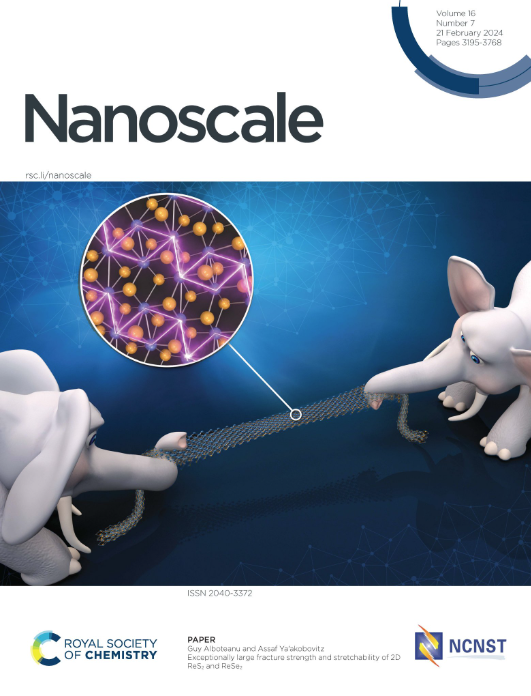Neutrophil-Targeted Nanomedicine Delivery Systems: Therapeutic Applications and Future Perspectives in Sepsis Management
IF 5.1
3区 材料科学
Q1 CHEMISTRY, MULTIDISCIPLINARY
引用次数: 0
Abstract
Sepsis is a systemic organ dysfunction caused by an abnormal host infection response, and its high fatality rate is closely associated with uncontrolled inflammatory storms, immunological diseases, and multi-organ failure. As essential components of innate immunity, neutrophils play a dual role in sepsis. Initially, they protect tissues by phagocytosing pathogens and releasing antibacterial substances. As the disease progresses, however, they become over-activated and exacerbate tissue damage by triggering release of cytokine and neutrophil extracellular traps (NETs). Nanomaterials, leveraging their unique size-dependent properties, surface modifiability, and drug-loading capacity, offer a strategy to overcome the critical challenges of poor drug targeting and low bio-availability in sepsis therapy. Current studies mainly concentrate on nanomaterials targeting macrophages. However, only limited research work is about nanomaterials targeting neutrophils that have emerged as a superior therapeutic focus due to their crucial roles in sepsis progression. This review emphasizes the design principles for neutrophil-targeted nanomedicine delivery systems, including transmembrane biomimetic technology, surface receptor-specific recognition, exploiting the phagocytosis of activated neutrophils, and targeting neutrophil-derived microenvironmental signals. We elucidate the targeting mechanism, and discuss the current challenges and future research directions.中性粒细胞靶向纳米药物递送系统:败血症管理的治疗应用和未来展望
脓毒症是由宿主感染反应异常引起的全身性器官功能障碍,其高致死率与不受控制的炎症风暴、免疫性疾病、多器官功能衰竭密切相关。作为先天免疫的重要组成部分,中性粒细胞在败血症中起双重作用。最初,它们通过吞噬病原体和释放抗菌物质来保护组织。然而,随着疾病的进展,它们变得过度激活,并通过触发细胞因子和中性粒细胞细胞外陷阱(NETs)的释放而加剧组织损伤。纳米材料利用其独特的尺寸依赖性、表面可修饰性和载药能力,为克服脓毒症治疗中药物靶向性差和生物利用度低的关键挑战提供了一种策略。目前的研究主要集中在靶向巨噬细胞的纳米材料上。然而,针对中性粒细胞的纳米材料的研究工作有限,由于它们在败血症进展中的关键作用,中性粒细胞已成为优越的治疗焦点。本文综述了中性粒细胞靶向纳米药物递送系统的设计原则,包括跨膜仿生技术、表面受体特异性识别、利用活化中性粒细胞的吞噬作用以及靶向中性粒细胞衍生的微环境信号。我们阐述了靶向机制,并讨论了当前面临的挑战和未来的研究方向。
本文章由计算机程序翻译,如有差异,请以英文原文为准。
求助全文
约1分钟内获得全文
求助全文
来源期刊

Nanoscale
CHEMISTRY, MULTIDISCIPLINARY-NANOSCIENCE & NANOTECHNOLOGY
CiteScore
12.10
自引率
3.00%
发文量
1628
审稿时长
1.6 months
期刊介绍:
Nanoscale is a high-impact international journal, publishing high-quality research across nanoscience and nanotechnology. Nanoscale publishes a full mix of research articles on experimental and theoretical work, including reviews, communications, and full papers.Highly interdisciplinary, this journal appeals to scientists, researchers and professionals interested in nanoscience and nanotechnology, quantum materials and quantum technology, including the areas of physics, chemistry, biology, medicine, materials, energy/environment, information technology, detection science, healthcare and drug discovery, and electronics.
 求助内容:
求助内容: 应助结果提醒方式:
应助结果提醒方式:


